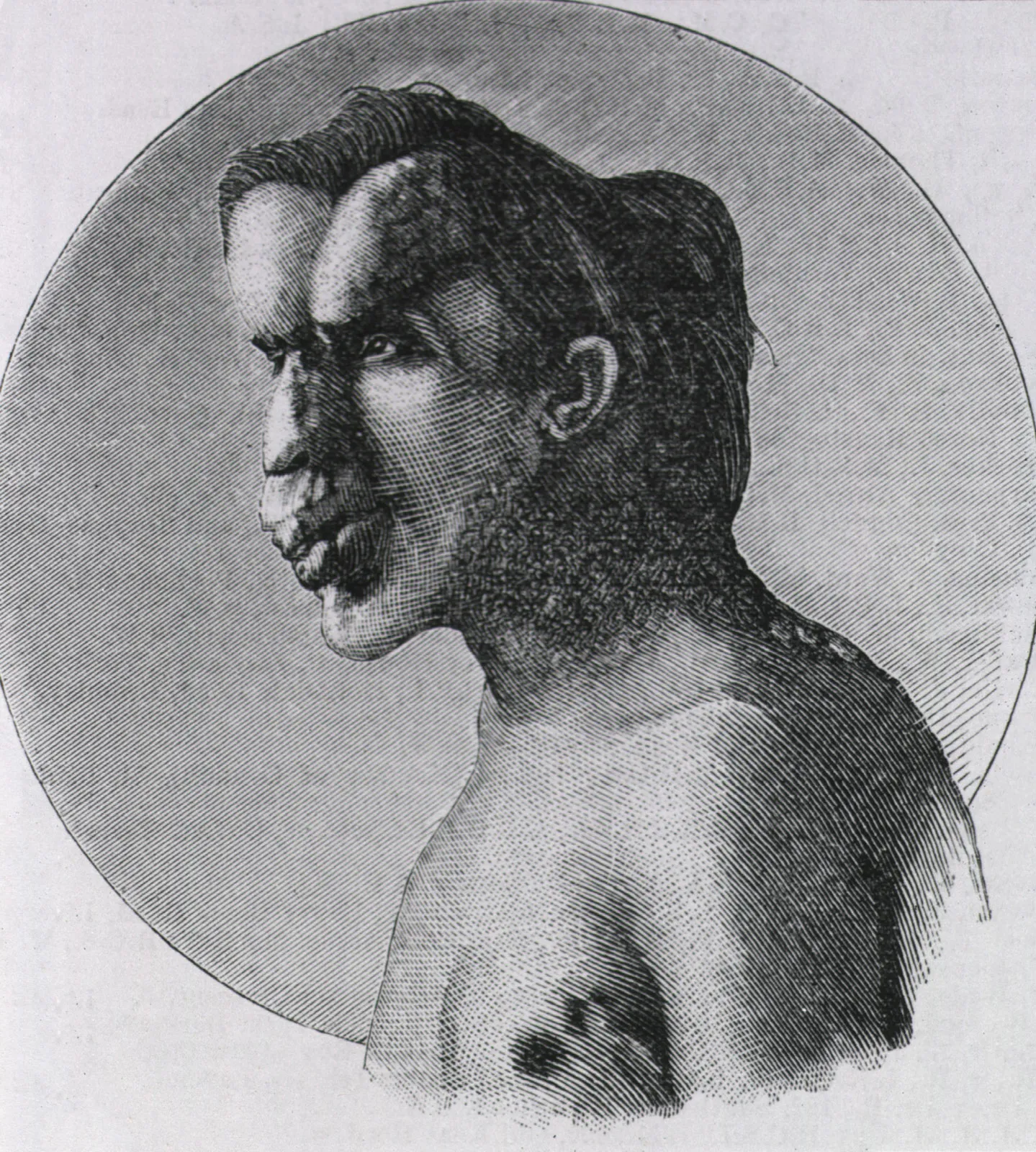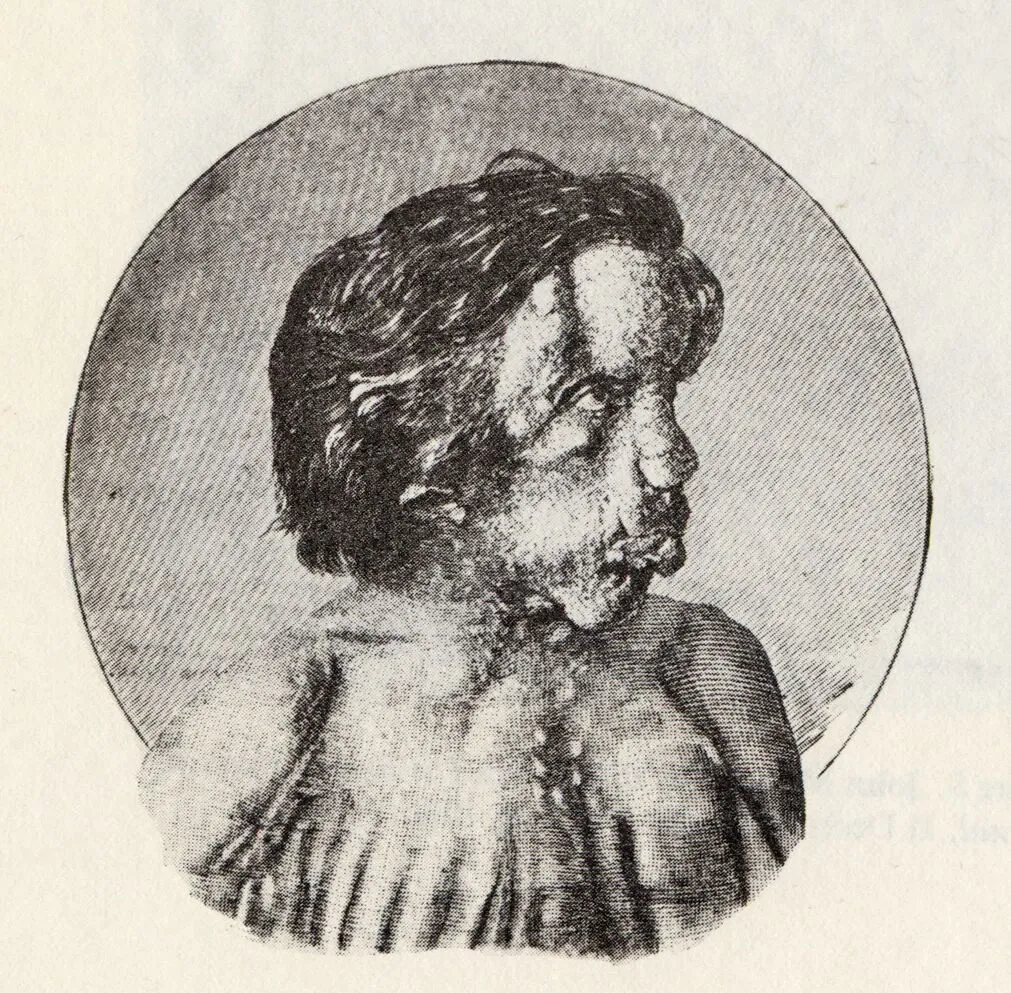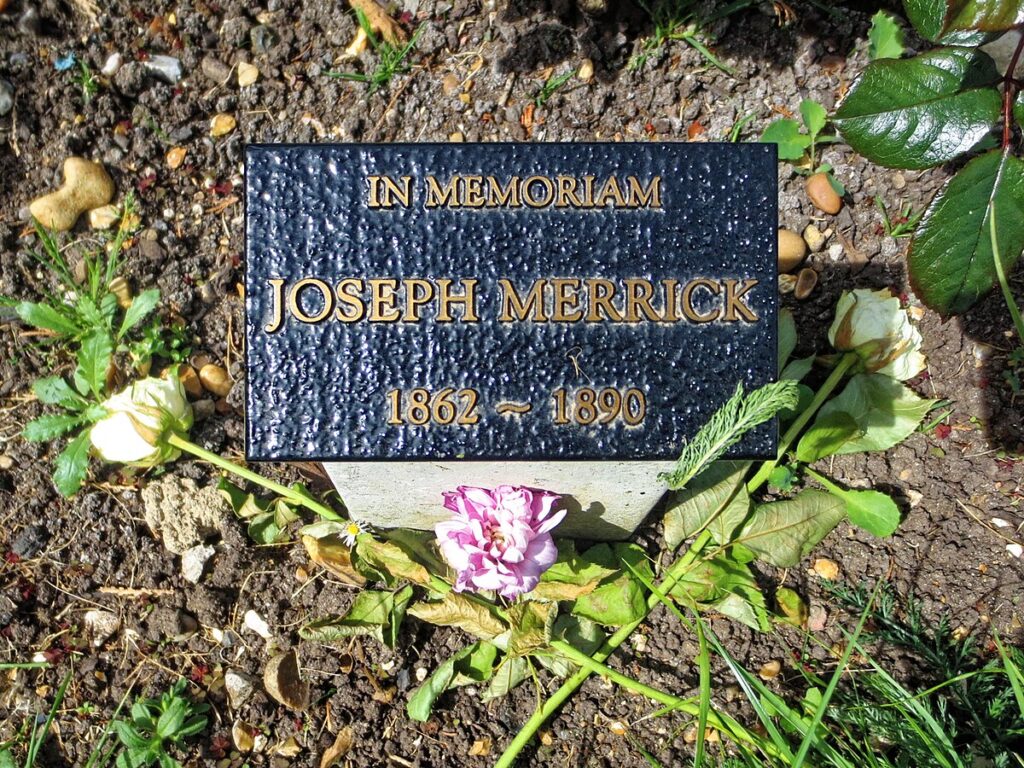“Uncovering the Past: ‘Elephant Man’s’ Grave Found Among Jack the Ripper’s Victims”

In 2019, over a century after his death, the final resting place of Joseph Merrick, famously known as the “Elephant Man,” was officially identified in London’s East End, within the City of London Cemetery. In a haunting twist of fate, Merrick’s grave lies in proximity to the unnamed victims of Jack the Ripper, a chilling reminder of the pain, mystery, and marginalization that characterized Victorian society.
The discovery not only solved a long-standing historical mystery but also reopened conversations about Merrick’s life, the ethics of medical display, and how society treats those deemed “different.” Here’s an in-depth exploration of the Elephant Man’s story, his grave’s rediscovery, and its symbolic resonance with London’s darker history.
Who Was the ‘Elephant Man’?
Joseph Carey Merrick (1862–1890) was a man whose life was marked by severe physical deformities. Though he was initially thought to suffer from neurofibromatosis, modern research suggests he likely had Proteus syndrome, a rare genetic disorder that causes overgrowth of bones, skin, and tissue.
- Born in Leicester, England, Merrick began showing signs of deformity in early childhood.
- By adolescence, he was severely disfigured and unable to find work.
- Out of desperation, he joined a freak show in 1884, where he was displayed to paying audiences as “The Elephant Man.”
While initially treated with cruelty and exploitation, his life changed when Dr. Frederick Treves, a physician at the London Hospital, took an interest in him.

Merrick’s Time at the London Hospital
Dr. Treves arranged for Merrick to live at the London Hospital in Whitechapel, where he was finally treated with dignity and care. Over the next four years, Merrick became a well-known figure in London society, visited by royalty and literary elites.
Despite his painful condition, Merrick was described as intelligent, gentle, articulate, and deeply sensitive. He enjoyed poetry, literature, and theatre, and even constructed detailed models of buildings with his misshapen hands.
He died at just 27 years old, likely due to asphyxiation caused by the weight of his head when he attempted to sleep lying down—a position he usually avoided.
The Grave Mystery: What Happened to Merrick’s Body?
After his death in 1890, Merrick’s skeleton was preserved and displayed at the Royal London Hospital Medical College, where it remains today for medical study. However, his soft tissues were never publicly accounted for.
For years, historians believed his flesh was discarded or destroyed—until Jo Vigor-Mungovin, a biographer and researcher, made a breakthrough in 2019.
Discovery of the Grave
Using death records, burial logs, and cemetery archives, Vigor-Mungovin discovered that Merrick’s soft tissue remains were buried in an unmarked grave in the City of London Cemetery and Crematorium in Newham. The burial took place on April 24, 1890, a few days after his death.
The grave lies in a common grave—a plot used for paupers and the unidentified or unclaimed dead—situated near the graves of several women believed to be victims of Jack the Ripper, the infamous serial killer who terrorized London in 1888.
Symbolic Proximity: Merrick and the Ripper’s Victims
The coincidence of location is deeply symbolic:
- Both Merrick and the Ripper’s victims were marginalized by society, either through poverty, gender, disability, or social class.
- Both were products of Victorian London’s underbelly, where industrial progress masked widespread suffering.
- Merrick’s life was a story of human dignity in the face of cruelty, while the Ripper’s legacy is one of unresolved brutality and fear.
The fact that their remains now lie side by side creates a powerful commentary on how Victorian society failed its most vulnerable citizens—while also memorializing them together in death.
Public Reaction and Legacy
The news of Merrick’s grave was met with widespread public interest. It reignited calls for:
- Greater recognition of Merrick’s humanity, beyond his medical condition.
- A potential memorial plaque or marker at the site to commemorate his life.
- Renewed interest in ethical questions surrounding the medical display of human remains, especially in the case of individuals who could not give consent.
Merrick’s story has been told and retold in books, plays, films, and academic works—most famously in the 1980 film “The Elephant Man” directed by David Lynch and starring John Hurt.

Conclusion: Finding Dignity in Death
The discovery of Joseph Merrick’s grave offers closure to one of the most poignant stories of the 19th century. It brings dignity to a man whose life was filled with both suffering and grace, and it allows modern society to reflect on how far we’ve come—and how far we still have to go—in treating those who are different with respect and compassion.
Buried not far from women society failed to protect, Merrick’s final resting place is a solemn, silent reminder of the forgotten lives of Victorian London, now unearthed so they may be remembered properly.




